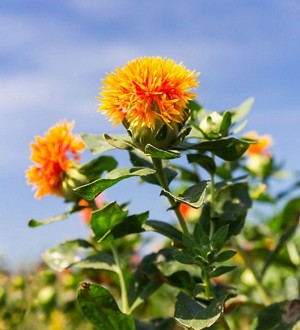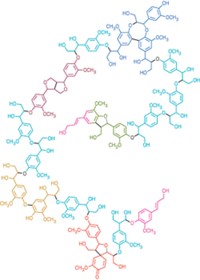Advertisement
Grab your lab coat. Let's get started
Welcome!
Welcome!
Create an account below to get 6 C&EN articles per month, receive newsletters and more - all free.
It seems this is your first time logging in online. Please enter the following information to continue.
As an ACS member you automatically get access to this site. All we need is few more details to create your reading experience.
Not you? Sign in with a different account.
Not you? Sign in with a different account.
ERROR 1
ERROR 1
ERROR 2
ERROR 2
ERROR 2
ERROR 2
ERROR 2
Password and Confirm password must match.
If you have an ACS member number, please enter it here so we can link this account to your membership. (optional)
ERROR 2
ACS values your privacy. By submitting your information, you are gaining access to C&EN and subscribing to our weekly newsletter. We use the information you provide to make your reading experience better, and we will never sell your data to third party members.
Separations
Nontoxic Solvents Extract Compounds From Plants
Natural Products: Green solvents made from mixtures of cellular metabolites coax pigments from safflowers
by Olga Kuchment
June 6, 2013

A new class of cheap, nontoxic solvents made from cellular soups can extract compounds from plants for use in foods, cosmetics, or pharmaceuticals, according to a new study (Anal. Chem. 2013, DOI: 10.1021/ac400432p). The solvents could offer an environmentally friendly way to isolate the plant compounds without the need for toxic organic solvents.

Young Hae Choi, a natural products chemist at Leiden University in the Netherlands, and his coworkers discovered these new solvents while studying metabolites found in cells. The researchers realized that some mixtures of metabolites possessed the characteristics of good solvents, such as having the ability to form hydrogen bonds, no reactivity with water, low vapor pressures, and low melting points.
The melting points of some of these mixtures were drastically lower than those of their individual components, which classified them as deep eutectic solvents. The solvents that Choi’s team found contain mixtures of simple sugars, amino acids, and other common metabolites found in cells. Because these solvents consisted of basic biological molecules, Choi and his colleagues coined a new term for them: natural deep eutectic solvents, or NADES (Plant Physiol. 2011, DOI: 10.1104/pp.111.178426).
In the current study, Choi’s group used the NADES for the first time to extract active compounds from a plant. Safflowers contain a spectrum of commercially useful substances, including some that do not dissolve well in water. Such compounds require potentially toxic organic solvents for extraction. Industrial chemists would like to reduce the use of toxic solvents in favor of relying more on green solvents.
To test the NADES’ extraction abilities, the researchers added powdered safflowers to different NADES and then gently heated and stirred each mixture for an hour. They purified the extracts with high-performance liquid chromatography and identified the isolated compounds with nuclear magnetic resonance and mass spectrometry.
The new solvents produced yields similar to those of typical organic solvents. Most promisingly, one NADES containing proline and malic acid extracted 8% more hydroxysafflor yellow A—a pharmacologically active pigment in safflowers—than a 40% ethanol solution.





Join the conversation
Contact the reporter
Submit a Letter to the Editor for publication
Engage with us on Twitter